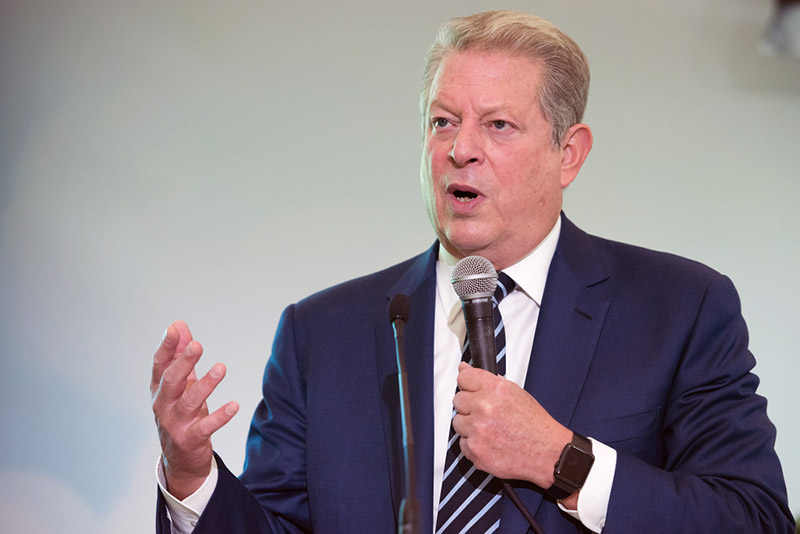In the beginning: How the internet came to be
Published at
 This story is brought to you by SafeLink Internet Services, southern Idaho’s best internet provider. SafeLink’s wireless internet can have you faster, more reliable internet today.
This story is brought to you by SafeLink Internet Services, southern Idaho’s best internet provider. SafeLink’s wireless internet can have you faster, more reliable internet today.If you are like most Americans, you use the internet daily, but don’t really understand how it works or how you are connected to it.
In a Pew Research survey, almost 75 percent of people surveyed didn’t know the difference between the World Wide Web and internet.
If you don’t know either, an oversimplified explanation is a comparison between a phone and its apps. Think of the internet as a cellphone – a piece of infrastructure that holds software and code. The World Wide Web represents the individual websites or places within the internet, similar to an application on a phone.
So how did we get the internet?
Essentially the internet began with Al Gore.

Just messing with you.
If you want to see the real “nitty-gritty” of the Internet’s beginnings through maps, Vox has some great pictures. But to keep it brief, I’ll summarize a bit.
Skipping past early communication methods like the telegram and the phone, we come to a new idea to share information in the late 1960s.
The forerunner to the internet was called a program called ARPANET — the Advanced Research Projects Agency Network, which began in 1969.
ARPANET was a government research project monitored by the military with the goal of sending information quickly from one place to another.
The network started close by to Idaho, initially connecting the University of Utah with three research centers at universities in California.

But as the more networks were created and the network grew larger, the military could no longer oversee it all.
Gradually, they released control of the networks to different entities, but made each person agree to operate under the same rules. These rules or protocols were called TCP/IP, which still govern how the internet works today.
The networks that make up the internet continued to grow and expand, and continue to do so today as more countries and more people get internet access.
If you could take a picture of how all the networks connect today, it may look something like this.

The hardware of the internet

The internet is more than just a digital signal, though. There is massive infrastructure that goes into making the internet work.
Phone lines, cables, fiber optic lines, satellites and more all contribute to the availability and speed of your internet connection.
Even running deep under the sea, there are internet cables connecting continents’ networks together!
So now you can be part of the 25 percent of Americans who know the basics of how the internet works. It’s a giant “web” connecting people around the globe, able to share information all in the time it takes to Google “Most Famous Cat Videos On The Web”.
And here they are. You’re welcome.


